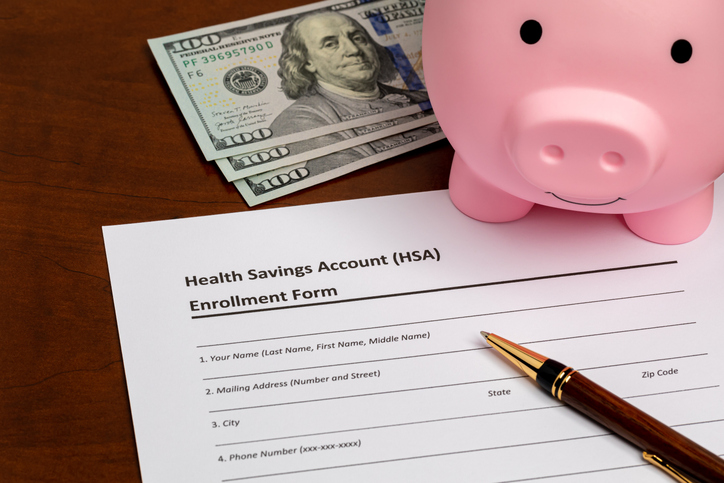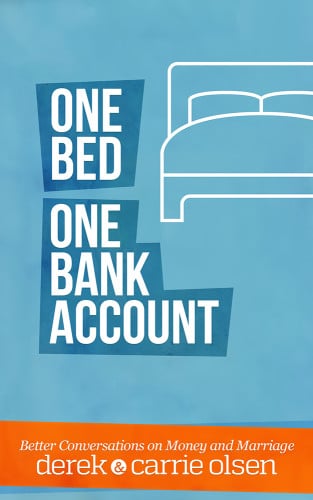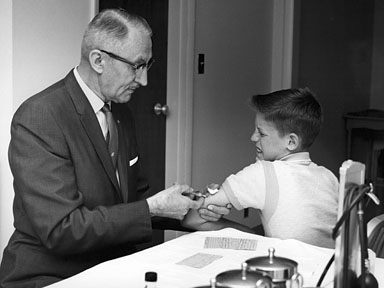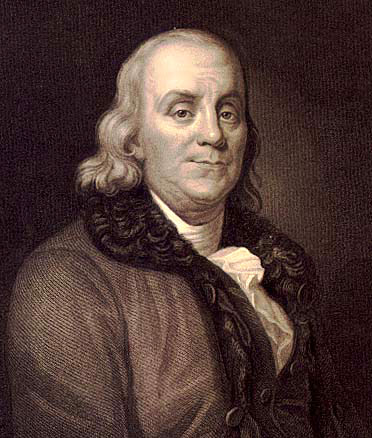
You’re hunched over the kitchen table, flipping through your job’s benefits packet. You see something about a Health Savings Account. Looks like a boring place to stash medical cash. You shrug and skim past.
That could be a big mistake — not marking that little checkbox could cost your future self a six-figure windfall.
If you’re looking for an easy way to maximize your money, allow me to introduce you to a stealth wealth builder: the health savings account or HSA.
I’ve had an HSA since Kate and I first got married. But it wasn’t until fairly recently that I started to realize what an underrated finance tool this thing is.
Today, I’m going to walk you through the benefits of a health savings account and why you might consider opening one up.
HSA Basics
A Health Savings Account is a special kind of savings account designed for medical expenses — but it does a lot more than that. An HSA lets you set aside money tax-free, grow it in the stock market tax-free, and use it for healthcare costs now or decades down the line (yes, tax-free!).
To qualify for an HSA, your health plan needs to have a high deductible — the amount you pay out of pocket before your insurance starts covering costs. As of 2025, the IRS defines a high deductible as at least $1,650 if you’re single or $3,300 for a family. The out-of-pocket max can’t exceed $8,300 or $16,600, respectively.
You can use HSA funds to pay the deductible and any other qualifying medical expenses your insurance doesn’t cover.
You can contribute up to $4,300 a year to your HSA as an individual or $8,550 for a family. If you’re 55 or older, tack on another $1,000. The IRS updates these numbers every year.
HSAs often get confused with FSAs. FSA stands for flexible spending account. FSAs let you set aside pre-tax money from your paycheck to cover qualified out-of-pocket healthcare costs, like copays, prescriptions, and medical supplies. Because the money isn’t taxed, it lowers your taxable income and saves you money. But here’s the catch with FSAs: most FSAs have a “use it or lose it” rule, so you need to spend the funds within the plan year or risk forfeiting what’s left.
This is a big difference between HSAs and FSAs: with HSAs, the money doesn’t vanish if you don’t spend it. It’s yours; it rolls over forever, and you can invest it in the stock market.
Why the HSA Is an Awesome Wealth-Building Tool
The tax savings are huge. The big reason the HSA is such an excellent wealth builder is that it functions like a legal tax shelter.
It offers three big tax benefits:
First, contributions you make to the account are deductible. When you put your money into an HSA, you lower your taxable income. So if you invest $8,550 into your HSA, you reduce your taxable income by $8,550 for the year.
Second, the investments you have in your HSA grow tax-free.
Third, if you use the funds in your HSA for medical expenses, the withdrawals aren’t taxed. So you can pay for braces, doctor appointments, and prescriptions tax-free with money that hasn’t ever been taxed.
All those tax savings really add up and keep money in your pocket where it belongs.
It is possible to use the money in your HSA for non-medical expenses, but that’s not an advisable move, as you’ll have to pay taxes on the amount you used and pay a 20 percent penalty. So, for example, it you withdrew $3,000 from your HSA to pay for a car repair, you’d have to pay income tax on that $3,000 plus an additional $600 (20% penalty). Don’t do that!
The HSA is an inflation-busting healthcare savings builder. An HSA can be a great tool to save on taxes on your immediate healthcare expenses. But where it becomes really powerful is in its ability to help you pay for healthcare expenses decades down the road, when they will likely be higher.
If you’re young and healthy, you probably won’t have to tap into your HSA all that much. This means the money invested in your HSA can take advantage of the power of compounding and grow tax-free for years. This allows you to build an inflation-proof (an HSA can be invested, and investments typically grow faster than inflation) healthcare war chest for the period in your life when medical expenses rise the most: elderhood. Fidelity estimates that a 65-year-old couple will spend $330,000 on medical costs in retirement. That doesn’t even count long-term care. An HSA gives you a way to prep for that monster bill using pre-tax dollars and tax-free market returns.
You can turn an HSA account into a stealth retirement account. An HSA can provide immediate tax savings and help you grow your money for long-term healthcare costs tax-free.
But here’s another cool thing about HSAs: you can turn them into a retirement account when you turn 65.
Once you reach that age, the 20 percent penalty that normally applies to non-medical HSA withdrawals disappears. At that point, you can tap the account for anything — travel, groceries, a new fly rod — and the distribution is simply added to your ordinary income for the year, just like pulling money from a traditional IRA.
The tax-free treatment for qualified medical expenses, however, still applies, so it’s usually smartest to keep using the HSA for healthcare and let other accounts fund your lifestyle. But it should give you some peace of mind knowing that you have another retirement account you can tap into in your golden years.
An HSA is portable and inheritable. You can’t lose your HSA if you change jobs or health insurance plans. It stays with you no matter where life takes you.
When you die, your spouse can take it over tax-free. If it goes to someone else (like a child or grandchild), it’s taxed but not penalized — same as an inherited IRA.
How to Get the Most Out of Your HSA
I hope by now you can see how awesome HSAs are. If it’s an option for you, I definitely recommend opening one up. You can do so through a provider like Fidelity or your employer’s chosen custodian and start contributing funds either directly or through payroll deductions.
Once you’ve got an HSA going, you can get the most out of it as a wealth-building tool by doing the following:
Invest the balance once you’ve cleared the provider’s cash threshold. Most HSAs require you to have a minimum amount in cash. Once you hit that minimum, invest the rest in index funds. This will help your money grow faster.
Do all that you can to leave the money in your HSA alone. That means paying for as many of your medical expenses as you can out-of-pocket. If you’re young and healthy, that likely won’t be too much of an issue. If you or a family member has a chronic health condition, it will be harder. Do what you can based on your situation.
The reason you want to leave the money in your HSA alone is that it allows your money to grow tax-free.
When you do pay for medical expenses out-of-pocket, hold on to those receipts. You can reimburse yourself (tax-free!) from your HSA decades later.
So if you paid $1,000 out-of-pocket for an ER visit in 2025, you can reimburse yourself that $1,000 expense from your HSA tax-free in 2045. During that time, the money in your HSA has been growing tax-free. That $1,000 you would have spent in 2025 from your HSA might be worth $3,000 in 2045 — letting you keep the investment gains and still get reimbursed, effectively turning a medical bill into a wealth-building opportunity.
Hopefully, by now, you can see that an HSA is more than just an account to pay for this year’s doctor’s visits. When used strategically, it’s a long-game wealth builder that saves you in taxes and gives you options down the road.







